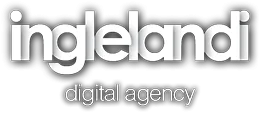UI UX Design Agency
In the digital world, first impressions count. So leave it to us!
As a full-service UI UX Design Agency, we specialize in creating digital experiences that are both visually compelling and user-friendly. UI (User Interface Design) focuses on the visual aspects of a website, while UX (User Experience Design) ensures visitors enjoy a smooth, intuitive interaction. Together, they form the core of any effective digital product.
Important Elements of UI Design
Colors: Colors are one of the most important elements of UI Design. They should be used in a way that is pleasing to the eye and helps in organizing information.
Icons: Icons should be simple and understandable, so that they can be understood by users without much effort.
Typography: Typography is another important element of UI Design. The fonts we use should be clean and legible, so that they are understandable by users.
Important Elements of UX Design
Research: The first step in UX Design is research. You need to understand your users, their needs, their preferences, and the challenges they face.
Prototyping: Prototyping is another important step in UX Design. Prototyping is suitable for previewing the website and evaluating the user’s interaction with the website.
Why Responsive Design Matters
Responsive design is not an option—it’s a requirement. As a leading UI UX Design Agency, we build responsive websites that function flawlessly on all devices, from mobile phones to large desktop screens. This approach not only enhances user satisfaction but also supports SEO performance.
How UI/UX Design Affects SEO
UI/UX Design has a direct impact on your website’s SEO. Search engines, such as Google, take user experience into account when ranking websites. A good user experience leads to higher accessibility rates, longer dwell times and lower bounce rates, all of which are factors that affect your search engine rankings.
